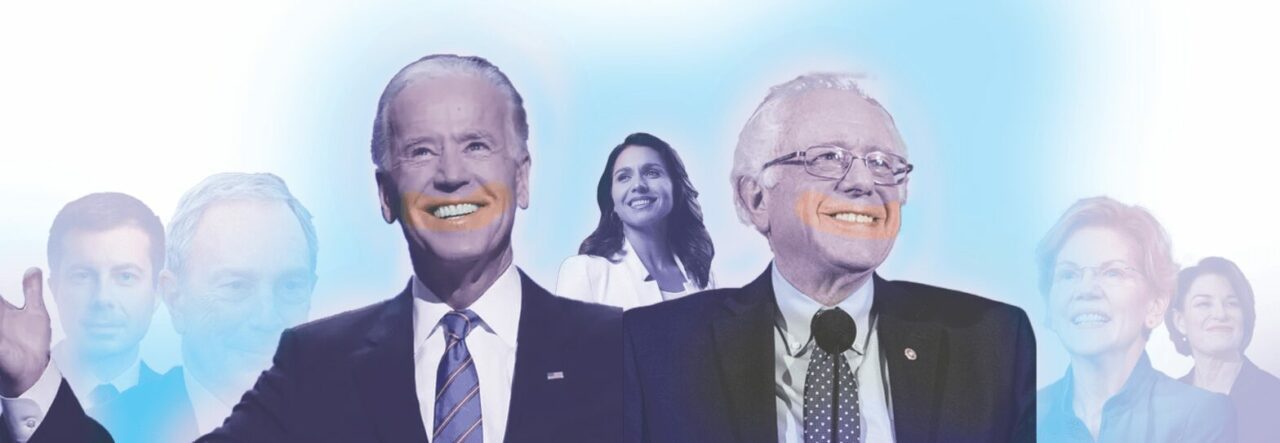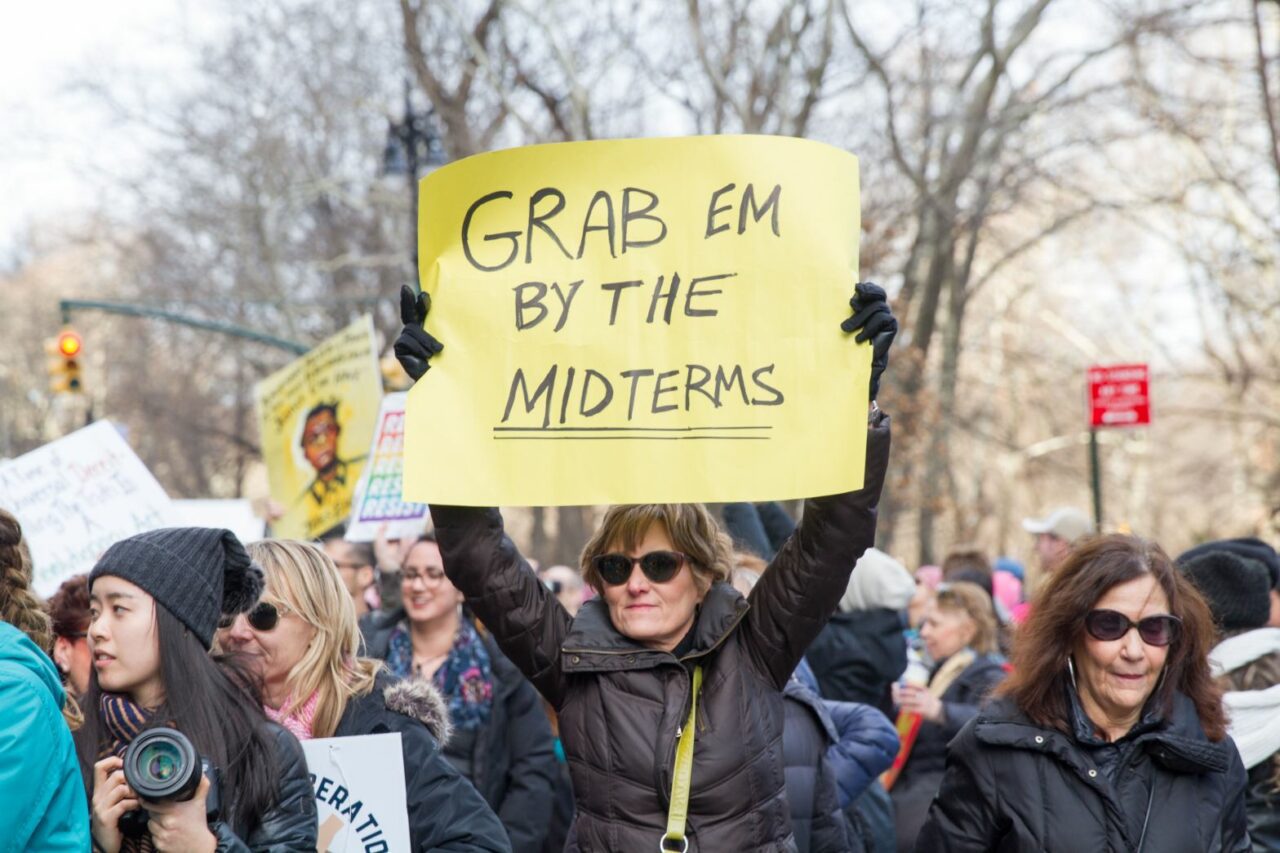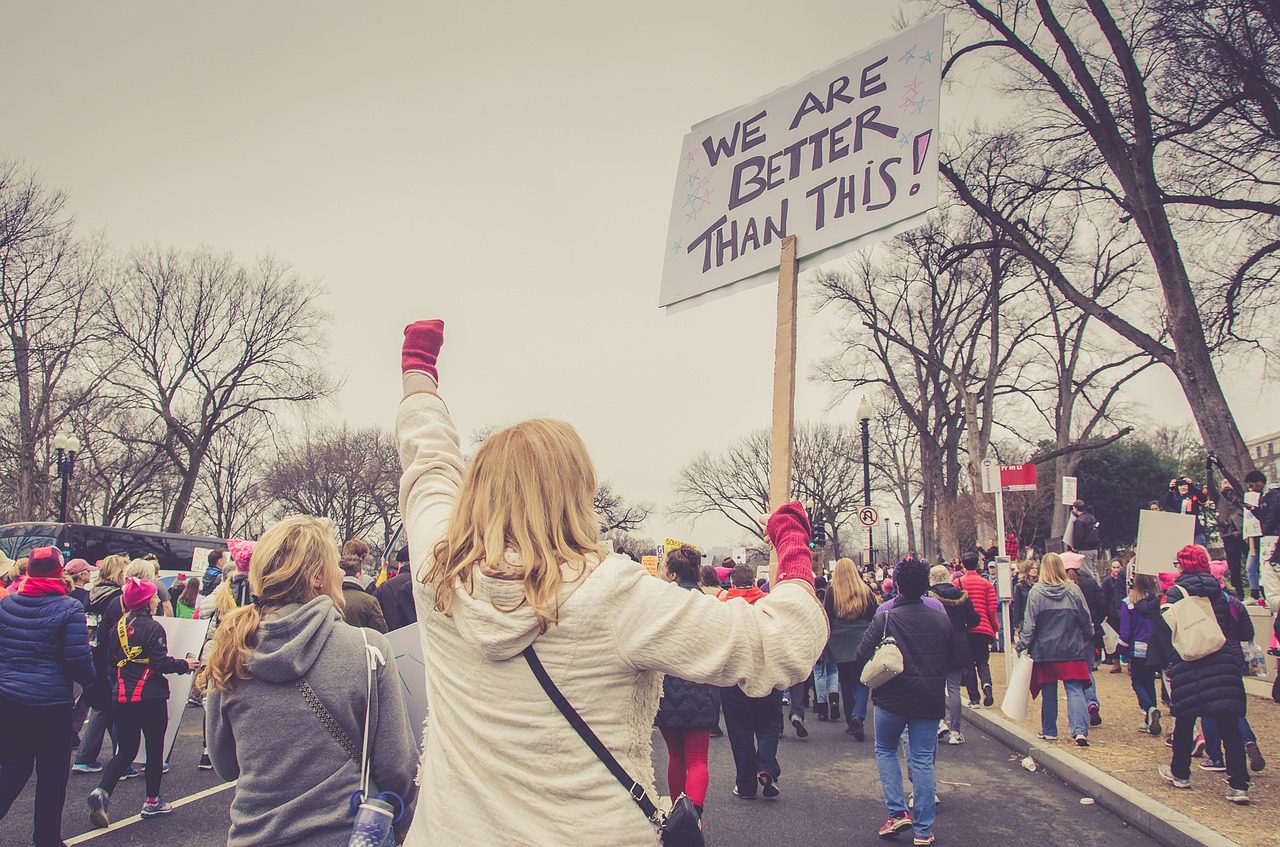1 Thing Thursday: Un-Sexy Primaries Welcome to our weekly breakdown of political issues within a post-partisan context that puts our well-being over political loyalty, today's topic is primaries. TL;DR: A Better Way To Primary The way we choose presidential nominees...
Category
USA Elections
Continue Reading
4 Things You Need to Know About Partisanship and Voting Behavior
Deep thinkers are more likely to be blind partisans There was a study done to determine which type of people are most likely to blindly follow whatever the leaders of their political party tell them. To start out they measured two things in each of the participants;...
Political Awareness: 3 Ways to Make A Difference
It’s easy to feel powerless given our politics today. It feels like the media, big money and the elite are manipulating the system to their benefit at the expense of everybody else. You’re not wrong. But we can’t let that continue. Each of us can do our small part to...
Popular Categories
Company
TNZ Web Solutions Limited is registered with the New Zealand Companies office. Company Record: 8208571
Contact
© Artisynq 2022 Terms & Conditions – Privacy Policy – Additional Info











